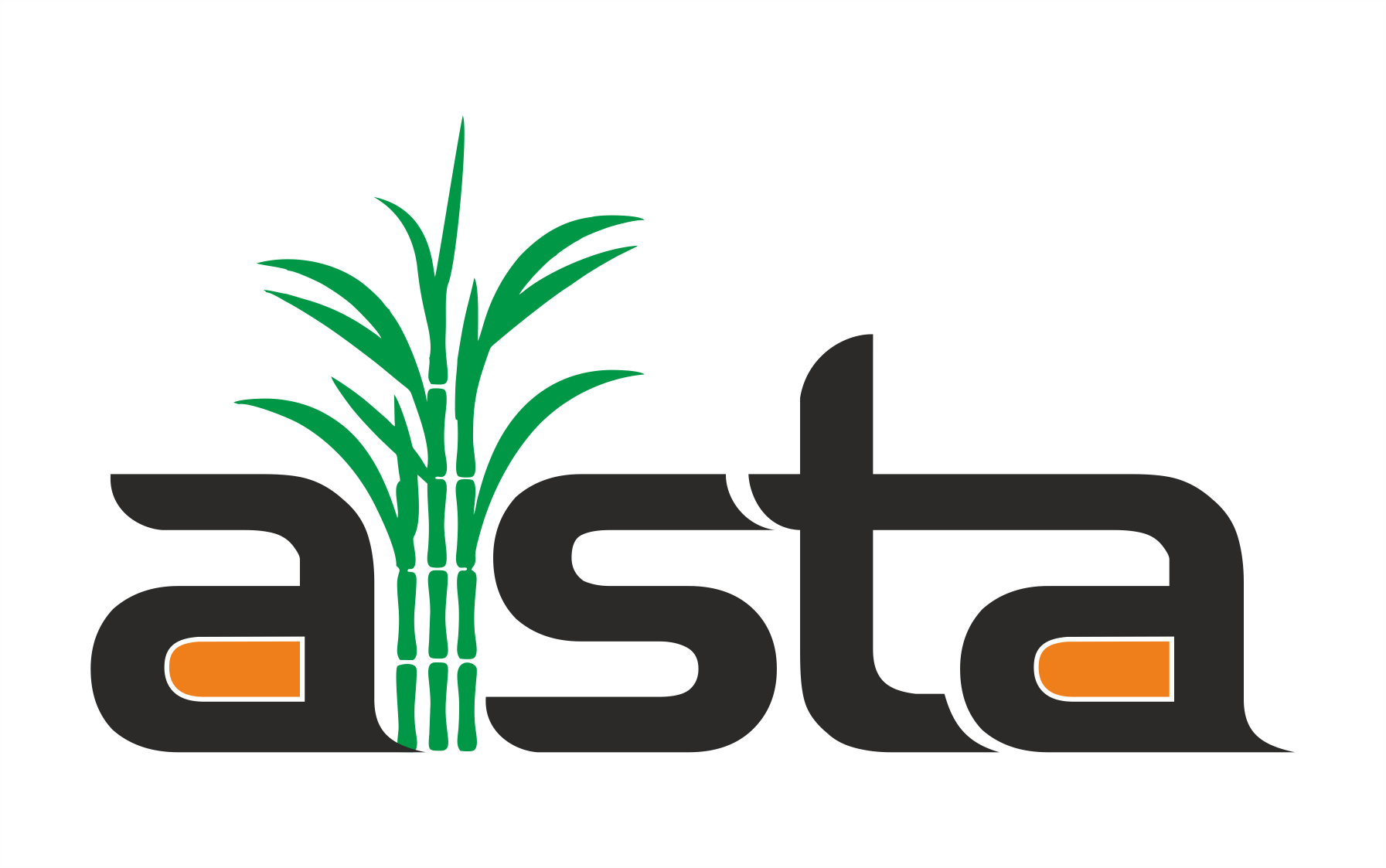Jaggery producers to compete with sugar mills to buy early cane
Sugar mills in Uttar Pradesh and Maharashtra, the top two producing states, have announced an early start to crushing this year (the sugar season begins October 1).
This was reportedly to get the early variety of cane, normally supplied to kolhus. Jaggery makers traditionally start their operations in September with this early variety, which offers lower yield than the matured type. Crushing of this type of cane, therefore, becomes uneconomical for sugar mills.
Even so,
sugar mills have announced they’ll start crushing in early October, at least two weeks ahead of their normal timeline, to boost production this year. “Robust jaggery prices last year strengthened the financial power of kolhus, which can match the high cane price paid by
sugar mills. Jaggery manufacturers adjust their purchase in line with requirement; the absence of regulatory fear helps them change their strategy quickly. Sometimes, they buy and stock cane in anticipation of a price rise. In contrast,
sugar mills are forced to purchase every stick of cane, irrespective of price movement,” said Arun Khandelwal, president, Federation of Gur Traders, a Muzaffarnagar (Uttar Pradesh)-based representative body of jaggery makers and traders.
Yield is also in jaggery producers’ favour this season. The average yield in the variety is estimated to have risen by two to four per cent across India.
“So, jaggery producers would not mind paying higher prices for cane to match the State Advised Price (SAP) fixed by the UP government, which remains substantially higher than the Fair and Remunerative Price recommended by the Centre,” said Piyush Bansal, proprietor of Durgadas Narayandas, one of India’s largest jaggery trading firms, in Hapur. The UP government is yet to declare its cane SAP, which
sugar mills have urged to keep unchanged from last year.
Normally, jaggery production matches with consumption during the winter season, due to a sharp increase in consumer and festive demand. Jaggery is considered a cold-resisting agent; its demand improves with onset of fog in October. The country’s sugar output is estimated at 25.1 million tonnes this year, a nearly 25 per cent increase from 20.29 mt last year. Maharashtra and UP are expected to see major rises.
To compete with sugar mills, jaggery manufacturers are assuring timely payment to cane farmers; their production has commended. With the higher realisation last year, they’re estimated to have expanded their production capacity by an average of 25 per cent.
Jaggery prices have reported volatility so far this season. After ~42-43 a kg about two weeks earlier, it is ~34 a kg in the benchmark wholesale markets at Muzaffarnagar and Hapur. In Kolhapur, Maharashtra, jaggery of average quality is trading at ~38-42 a kg.
“With high cost of production due to rising labour cost, jaggery below ~44 a kg is unremunerative. The government should incentivise producers,” said M S Jadhav, general manager at Deepak Jaggery, a Kolhapur-based producer.
Source:Business Standard; Published on 05/10/2017

